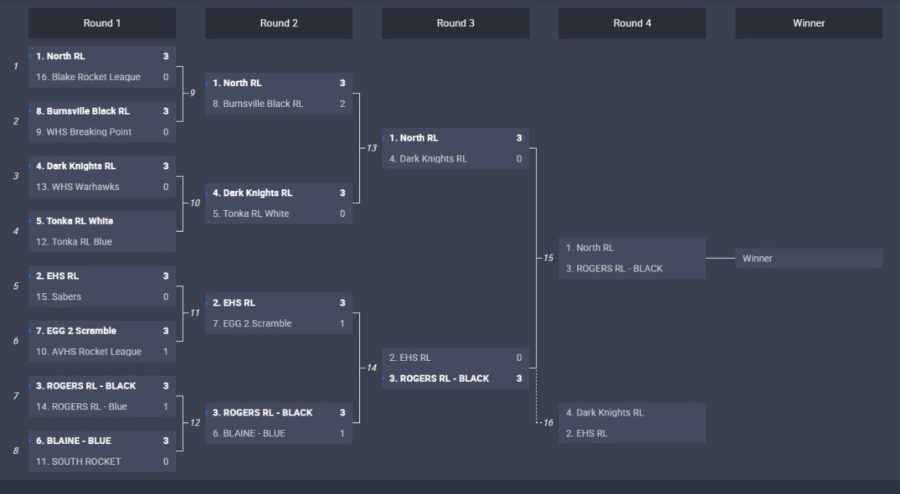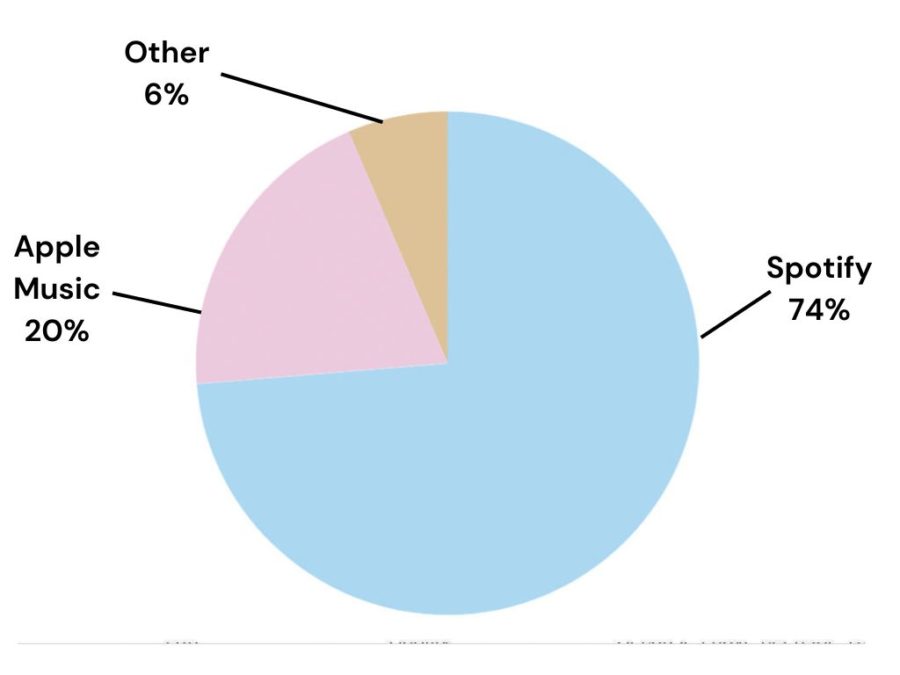Taking notes during class is one of the most commonly used study techniques practiced by students in ranging courses, being required in a significant number of classes at Blake. Students are asked to take notes during class and annotate their reading assignments, making this studying practice a mandated occurrence. Over time, different methods of taking notes have popularized, like the well known Cornell Method- a note taking format, or various color coding plans marketed for memorization. These useful writing strategies are all beneficial to those who handwrite their notes, but with the modern technology of the 21st century, students are also able to easily type their notes for class on a computer.
Typing notes online has been a huge success for students like Sophie Chester ‘26. Chester provides examples of why the switch to typing was essential, including taking advantage of spell check, and the uniform fonts as opposed to disorganized handwriting, saying “it’s just easier to read.” She also hand writes her notes alongside typing, Chester saying that she “[uses] both, I think depending on the class and the teacher.”
For Chester, teachers have been very accommodating with her preferences for note taking, except if the assignment is on paper. In her opinion, her teachers are definitely in favor of hand writing notes, because there “is no distraction of other tabs”, but she says her teachers never stop her from opening her computer. “Sometimes it’s a distraction, but other times when I’m taking notes I’m very focused.”
While Chester believes that her teachers prefer one method of note taking, Davandre Campbell ‘25 thinks the opposite. He says “no, I don’t actually think they have a preference because like a lot of the kids in my classes computer type.” Campbell is a student that hand writes for all of his classes, and according to him, he “[finds] it easier to remember stuff if [he] writes it down.”
Director of Learning Support and 9th Grade Learning Specialist Mary Kirchoff mentions that there is a lot of debate on what method students should use for their note taking. For “typical students,” handwriting is beneficial because there is research that links writing to memorization. Kirchoff uses the example of Dysgraphia, the writing disability characterized by illegible or distorted handwriting, when discussing alternative options to the method these typical students use. “Writing helps recall… Some students with an identified learning difference like dysgraphia, [they] benefit from word-processing.”
Annotating class reading is an example of what English teachers at Blake assign for their students. This task can appear to be simple, yet this can prove to be a struggle for students with learning disabilities. When working with students, Kirchoff says that the main thing they focus on is annotating. She says “Ideally, you want to annotate in your book. Oftentimes for kids with dysgraphia, they can’t write small enough for the book or they can’t read what they wrote… If a student is struggling with annotations, the teacher will allow them to do something different, an alternative.” One thing Kirchoff suggests to those who find annotating difficult is to open a Google Doc and type your thoughts as you go. This way, you will still have annotations, they just aren’t in the book.
The advantages for typing notes on the computer are seemingly endless, with writing applications such as Word or Google Docs having numerous font options that are legible, different colors you can write or highlight with, different font sizes, and more. Whatever your learning needs are, there is most likely a note taking technique out there to help with your understanding, that you can adjust to suit your preferences.

![Campbell is a student that writes by hand for all of his classes, and according to him, he “[finds] it easier to remember stuff if [he] writes it down.”](https://www.blakespectrum.org/wp-content/uploads/2022/12/IMG-0178-675x900.jpg)




